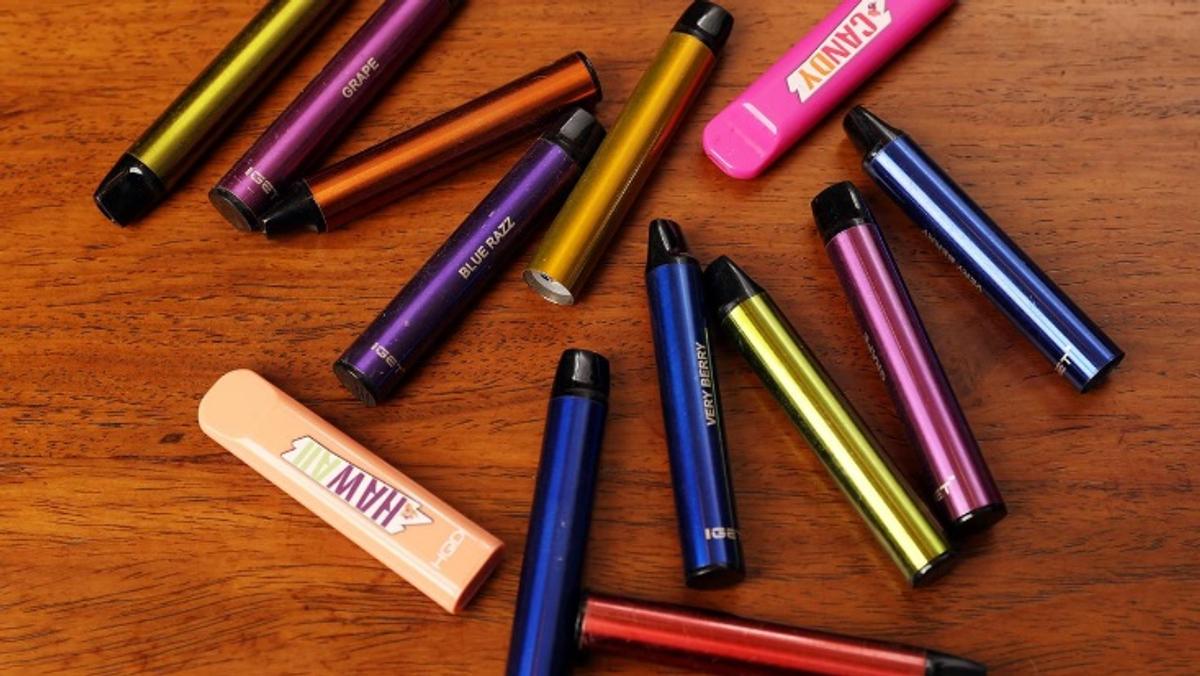E-Cigarettes – what they are and what they are not!

You may have heard in the news about the changing laws around e-Cigarettes or vapes. Over the next few newsletters, we will be exploring what they are, why they have become so popular in young people and what discussions you can have with your young person around the risks of E- Cigarettes. We will also give some strategies that you can share with your young person on how to say “no”.
What are e-cigarettes
Electronic cigarettes – or e-cigarettes – simulate the act of smoking through a battery-operated devise that works by heating liquid into an aerosol, which you then inhale into your lungs.
The aerosol is often called ‘vapour’ and inhaling it from an e-cigarette is known as ‘vaping’. When smoking an e-cigarette, the user inhales and exhales the vapour, which can look like cigarette smoke.
The liquid used in e-cigarettes contains a complex mixture of chemicals including toxic chemicals including, but not limited to, nickel, tin, benzene, arsenic, chlorine and lead. It may or may not contain nicotine. E-cigarettes are often mislabelled, meaning that they main contain nicotine, even if it is not listed.
In all states in Australia, tests of e-liquid samples collected by Department of Health in 2013 showed that 70 per cent of samples contained high levels of nicotine, even though the label did not list nicotine as an ingredient.
In Victoria, it is illegal to sell any tobacco or e-cigarette product to anyone under 18 years of age. The law is currently changing which will impact how people can buy e-cigarettes in the future.
Why are they so attractive to young people?
Liquid used in e-cigarettes comes in a range of flavours, such as fruit, chocolate, and confectionery flavours. This is the attraction for young people.
E-cigarettes are often shaped and coloured to look like cigarettes, cigars, or cigarillos. They can also come in other shapes and colours and can look like other everyday items such as pens or memory sticks.
They can also be known as e-cigars, e-pipes, electronic nicotine delivery systems (ENDS), alternative nicotine delivery systems (ANDS), e-shishas, e-hookas, hookah-pens, vape-pipes, and e-cigs. They can be disposable, or reusable.
In 2022–23, 1 in 5 (19.8%) people aged 14 and over reported using an e-cigarette at least once in their lifetime. Students who had vaped commonly reported getting the last e-cigarette they had used from friends (63%), siblings (8%) or parents (7%). Around 12% of students reported buying an e-cigarette themselves Vaping in Australia - Alcohol and Drug Foundation (adf.org.au)
Next Newsletter we will cover the impacts on a young person’s health and how they can say “no”.
If you would like anymore information or support:
- Talk with your local Doctor or Pharmacy
- Visit www.quit.org.au
- Call Quit help line on 137848
- Or contact your young person’s house at school.
Kate Probert
Secondary School Nurse | Health Well Being & Engagement

